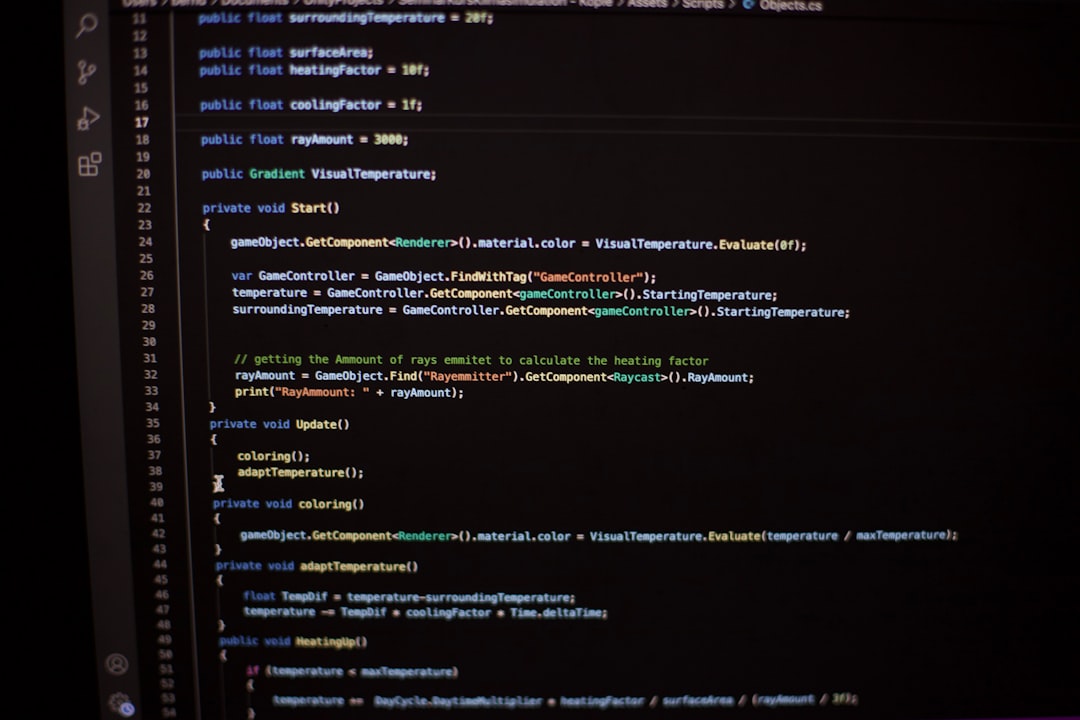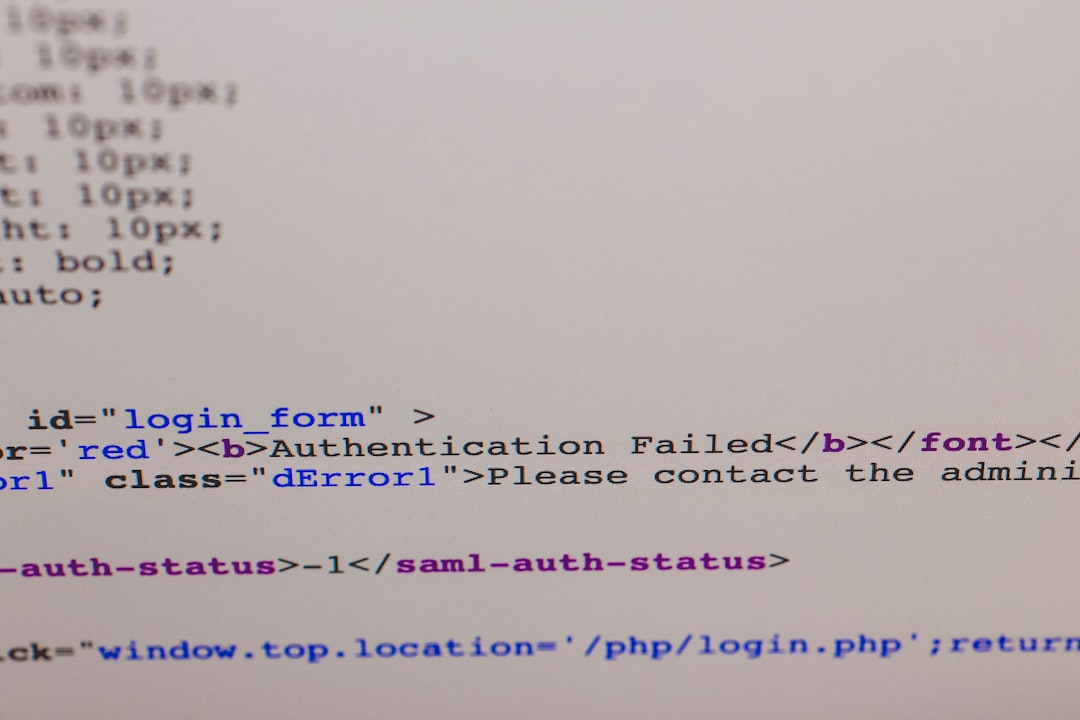React is a widely used JavaScript library for building user interfaces, especially single-page applications. While it empowers developers to build dynamic user interfaces with ease, beginners often encounter common errors that can be confusing or intimidating. Understanding how to fix these issues can significantly reduce development time and improve learning efficiency. This article explores some of the most frequent React errors and demonstrates how to resolve them with clear examples.
1. Invalid DOM Nesting
This error typically occurs when JSX elements are not properly nested according to HTML structure rules. For instance, placing a <tr> directly inside a <div> is invalid.
Example of Wrong Nesting:
return (
<div>
<tr>
<td>Item</td>
</tr>
</div>
);
Corrected Version:
return (
<table>
<tbody>
<tr>
<td>Item</td>
</tr>
</tbody>
</table>
);
Tip: Always follow proper HTML semantics when structuring JSX.
2. “ReactDOM is not defined” or “React is not defined”
This usually happens if you try to use React or ReactDOM without importing or improperly importing them in your file.
Solution: Ensure you import React and ReactDOM correctly:
import React from 'react';
import ReactDOM from 'react-dom/client';
With React 18 and later, make sure you’re using ReactDOM.createRoot:
const root = ReactDOM.createRoot(document.getElementById('root'));
root.render(<App />);

3. “Each child in a list should have a unique ‘key’ prop”
This warning appears when rendering a list of components without assigning a unique key to each element. Keys help React optimize rendering by tracking which items changed.
Problematic Code:
{items.map((item) => (
<li>{item.name}</li>
))}
Fixed Version:
{items.map((item) => (
<li key={item.id}>{item.name}</li>
))}
Tip: Use a unique identifier like id for the key, not the array index, unless there is no other option.
4. “Too many re-renders” Error
This error signifies an infinite rendering loop, often due to setting state inside a component’s render cycle without proper conditionals.
Common Mistake:
function Counter() {
const [count, setCount] = useState(0);
setCount(count + 1); // Infinite loop!
return <div>{count}</div>;
}
How to Fix:
Use an event handler or useEffect to change state appropriately:
function Counter() {
const [count, setCount] = useState(0);
const handleClick = () => setCount(count + 1);
return (
<div>
<p>{count}</p>
<button onClick={handleClick}>Increment</button>
</div>
);
}
5. “Cannot read property ‘X’ of undefined”
This error is common when accessing properties of an undefined variable or object. It often occurs with asynchronous operations or missing props.
Problem Example:
function UserProfile({ user }) {
return <div>Username: {user.name}</div>; // Error if user is undefined
}
Fixed Using Conditional Rendering:
function UserProfile({ user }) {
return <div>Username: {user ? user.name : "Unknown"}</div>;
}
Alternatively, use optional chaining:
<div>Username: {user?.name}</div>

6. Class vs Functional Components Confusion
Beginners often mix up class and functional components, leading to errors like using hooks in class components.
Incorrect Usage:
class MyComponent extends React.Component {
const [count, setCount] = useState(0); // Invalid in class
}
Fix: Use useState inside functional components:
function MyComponent() {
const [count, setCount] = useState(0);
return <p>{count}</p>;
}
Note: Only functional components can use React hooks like useState or useEffect.
7. “Cannot update a component while rendering a different component”
This warning often appears when you try to update state in a component as a side effect of rendering another — usually due to an improper hook call.
Use Effect Hook to Resolve:
useEffect(() => {
// Safe to change state here
setMyState(true);
}, []);
Ensure that state updates happen in response to events or useEffect, not directly during a render.
8. Incorrect Binding of Event Handlers
Especially with class components, failing to bind your event handlers can lead to unexpected behavior or errors.
Problem:
class App extends React.Component {
handleClick() {
console.log(this);
}
render() {
return <button onClick={this.handleClick}>Click</button>;
}
}
Fix using Arrow Functions or Bind Method:
// Option 1 - Bind in constructor
this.handleClick = this.handleClick.bind(this);
// Option 2 - Use arrow function in handler
handleClick = () => {
console.log(this);
};
Frequently Asked Questions
-
Q: What does the “key” prop do in React?
A: Thekeyprop helps React identify which items in a list have changed, preventing unnecessary re-rendering for improved performance. -
Q: Can I use an array index as a key in lists?
A: It’s possible, but not recommended unless list items are static and don’t change order or get deleted. Using a unique value (like an ID) is preferred. -
Q: How can I avoid “undefined” errors when accessing nested object properties?
A: Use optional chaining (e.g.,user?.name) or validate that the object exists before accessing properties. -
Q: Why does React say “Too many re-renders”?
A: This error occurs when a component updates its state in a way that immediately causes a re-render without any end, creating an infinite loop. -
Q: Should I use class or functional components?
A: Functional components with hooks are the modern React standard and recommended for most new projects.
React has a powerful ecosystem, and its flexibility allows developers to build complex apps. But even simple coding mistakes can lead to errors that frustrate beginners. By understanding the common mistakes and how to diagnose and fix them, developers can reduce bugs and improve their productivity. Practice, as always, makes perfect when it comes



